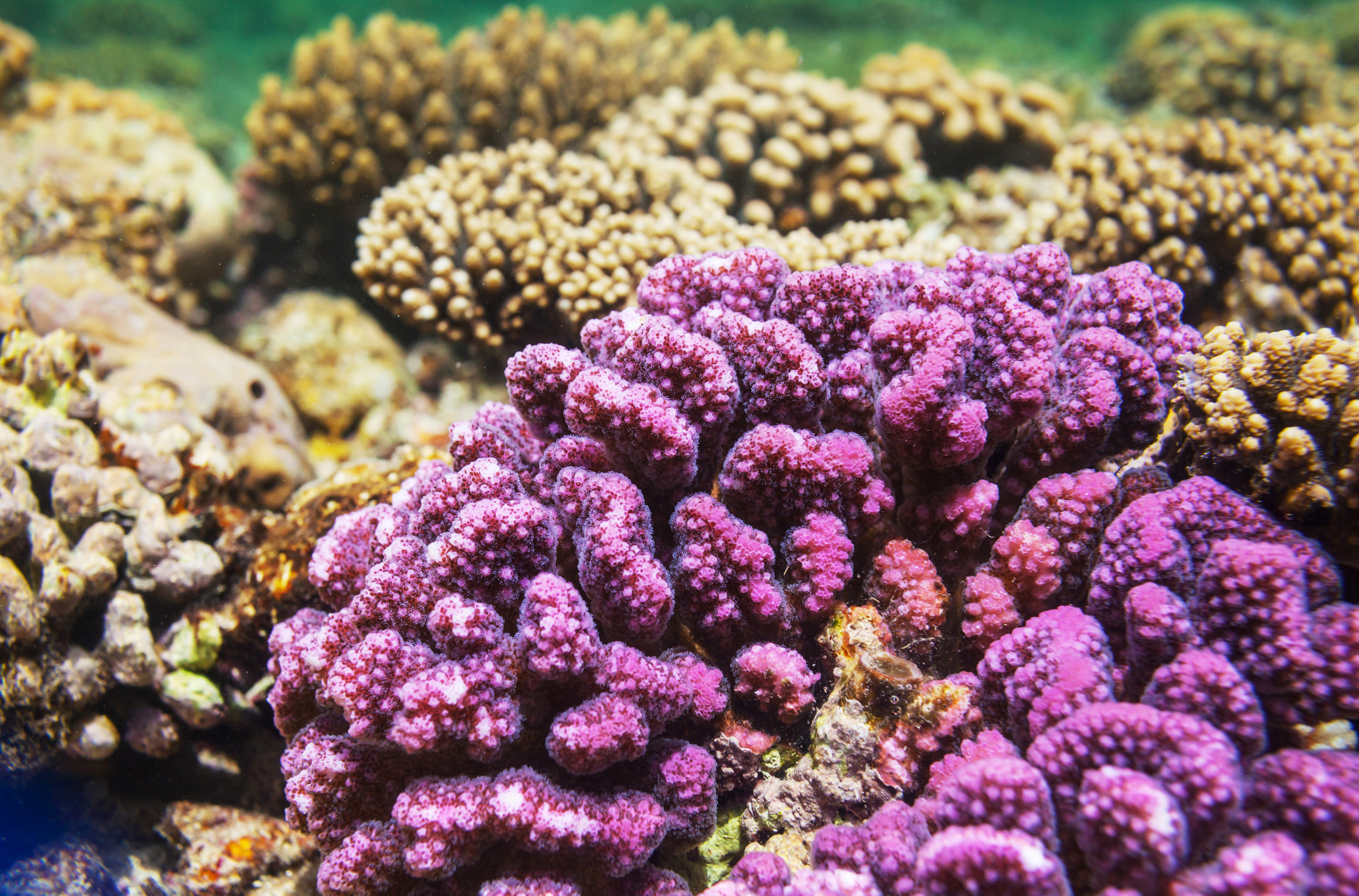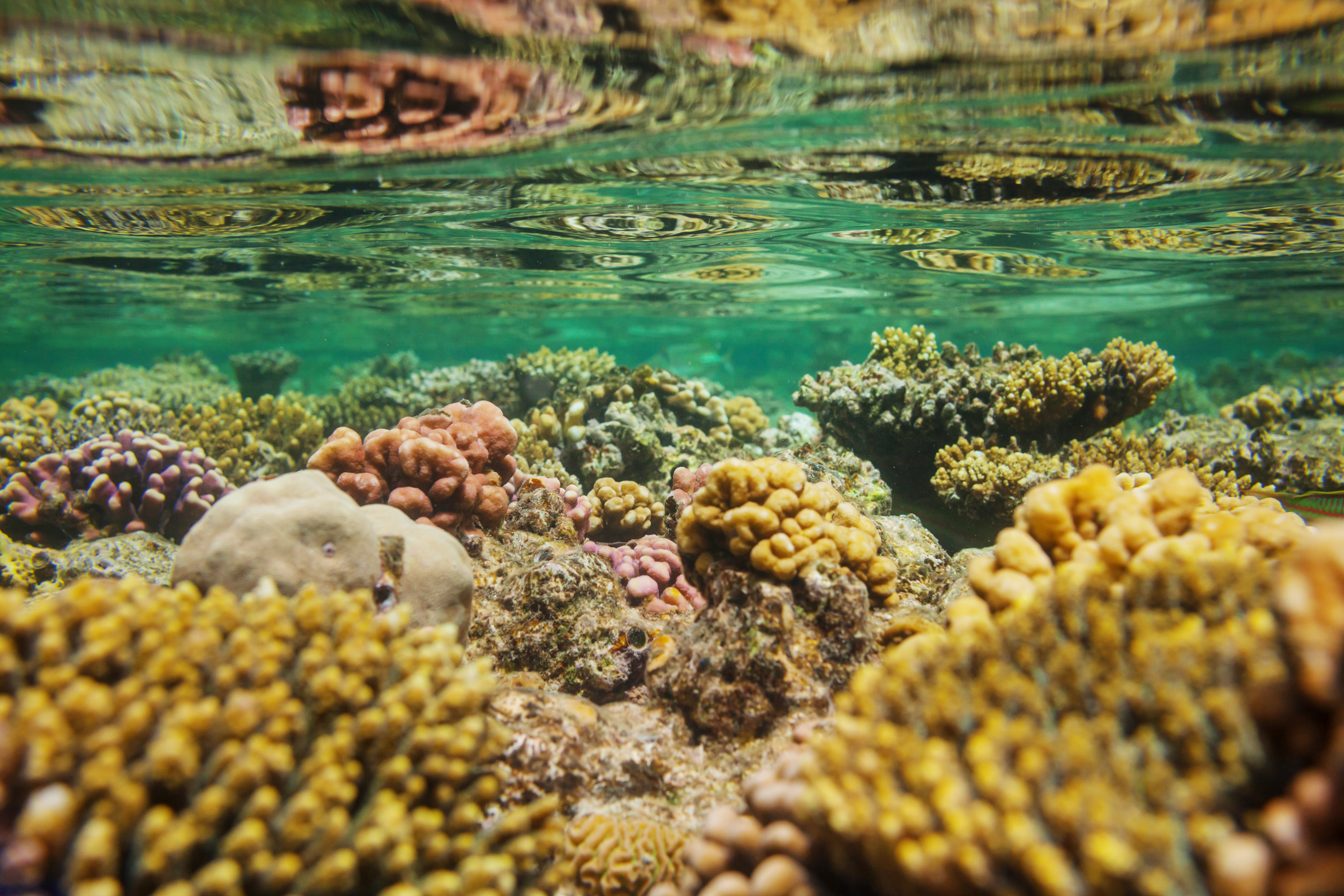Image Credit: kamchatka/123rf.com
Coral reefs are facing a critical crisis, with over 80 percent of the world’s reef area experiencing heat stress in 2023, marking the most severe global coral bleaching event since the 1990s. In response to this alarming trend, scientists at the Scripps Institution of Oceanography have developed a novel solution to aid in coral restoration: a light-activated gel designed to attract and encourage the settlement of coral larvae.
Coral larvae, which are microscopic and mobile, rely on chemical cues from their environment to determine suitable locations for growth. Healthy reefs emit distinct scents from crustose coralline algae, which signal to the larvae that a thriving habitat is nearby. However, as coral reefs degrade, these essential chemical signals diminish, making it difficult for larvae to settle.
The innovative gel, named SNAP-X, consists of tiny silica capsules that contain compounds found in the scent of crustose coralline algae. When exposed to light, the gel transforms into a biodegradable jelly that can be applied underwater, releasing its reef-friendly aroma for over a month. Laboratory tests have demonstrated that when coral larvae are introduced to environments treated with SNAP-X, they are six times more likely to settle on artificial substrates compared to untreated areas. In flow-through water settings, the likelihood of settlement increased to 20 times, particularly at higher concentrations.
Current coral restoration methods typically involve cloning existing corals, which can limit genetic diversity and make restored reefs more susceptible to diseases and environmental changes. By promoting natural settlement through SNAP-X, researchers hope to enhance genetic diversity, potentially strengthening coral resilience against climate change and other threats.
While the development of SNAP-X presents a promising strategy for coral recovery, challenges remain. The active compounds necessary for the gel are currently harvested from live algae, and researchers are working to identify the specific molecules responsible for its effectiveness. Future efforts will aim to scale the technology and adapt it for various coral species and environments.
As coral reefs continue to face unprecedented challenges, SNAP-X represents a significant advancement in the quest for effective coral restoration methods, offering hope for the revival of these vital marine ecosystems.
Check out the original article here: Source link



